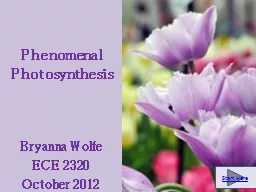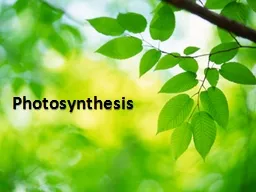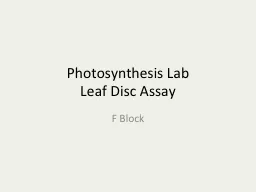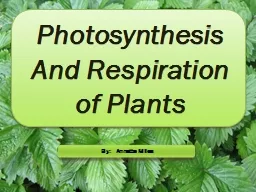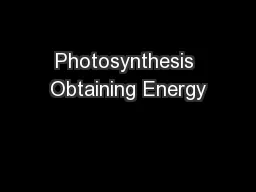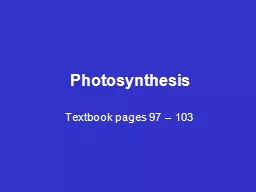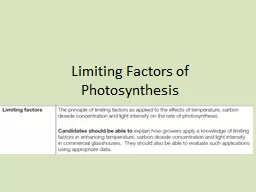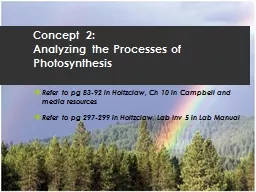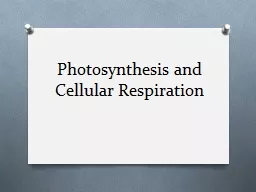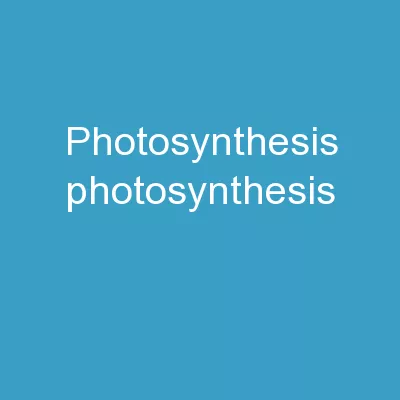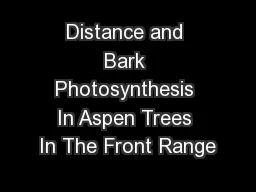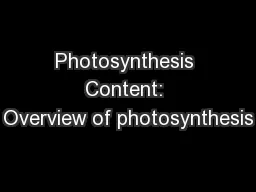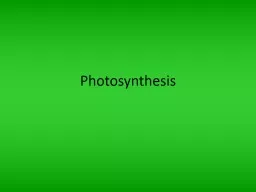PPT-2016 Ch 10: Photosynthesis
Author : ellena-manuel | Published Date : 2018-09-23
Chapter 10 Photosynthesis From Topic 29 Essential idea Photosynthesis uses the energy in sunlight to produce the chemical energy needed for life Nature of science
Presentation Embed Code
Download Presentation
Download Presentation The PPT/PDF document "2016 Ch 10: Photosynthesis" is the property of its rightful owner. Permission is granted to download and print the materials on this website for personal, non-commercial use only, and to display it on your personal computer provided you do not modify the materials and that you retain all copyright notices contained in the materials. By downloading content from our website, you accept the terms of this agreement.
2016 Ch 10: Photosynthesis: Transcript
Download Rules Of Document
"2016 Ch 10: Photosynthesis"The content belongs to its owner. You may download and print it for personal use, without modification, and keep all copyright notices. By downloading, you agree to these terms.
Related Documents


